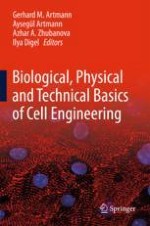2018 | OriginalPaper | Chapter
Microbial Sampling from Dry Surfaces: Current Challenges and Solutions
Authors : Ilya Digel, Nuraly Sh. Akimbekov, Aida Kistaubayeva, Azhar A. Zhubanova
Published in: Biological, Physical and Technical Basics of Cell Engineering
Publisher: Springer Singapore
Activate our intelligent search to find suitable subject content or patents.
Select sections of text to find matching patents with Artificial Intelligence. powered by
Select sections of text to find additional relevant content using AI-assisted search. powered by
